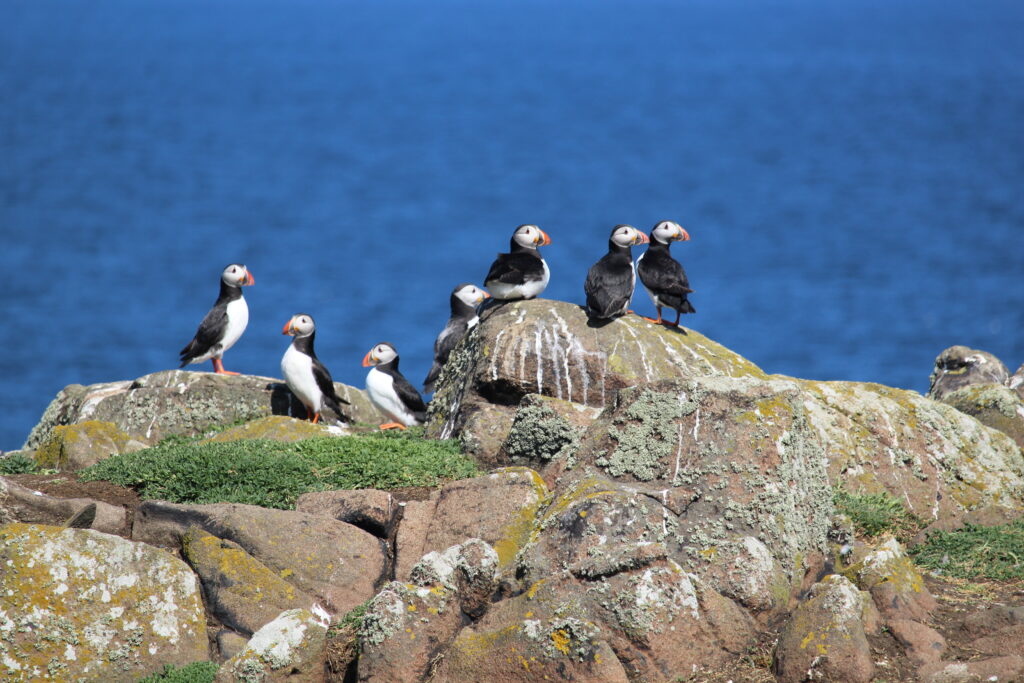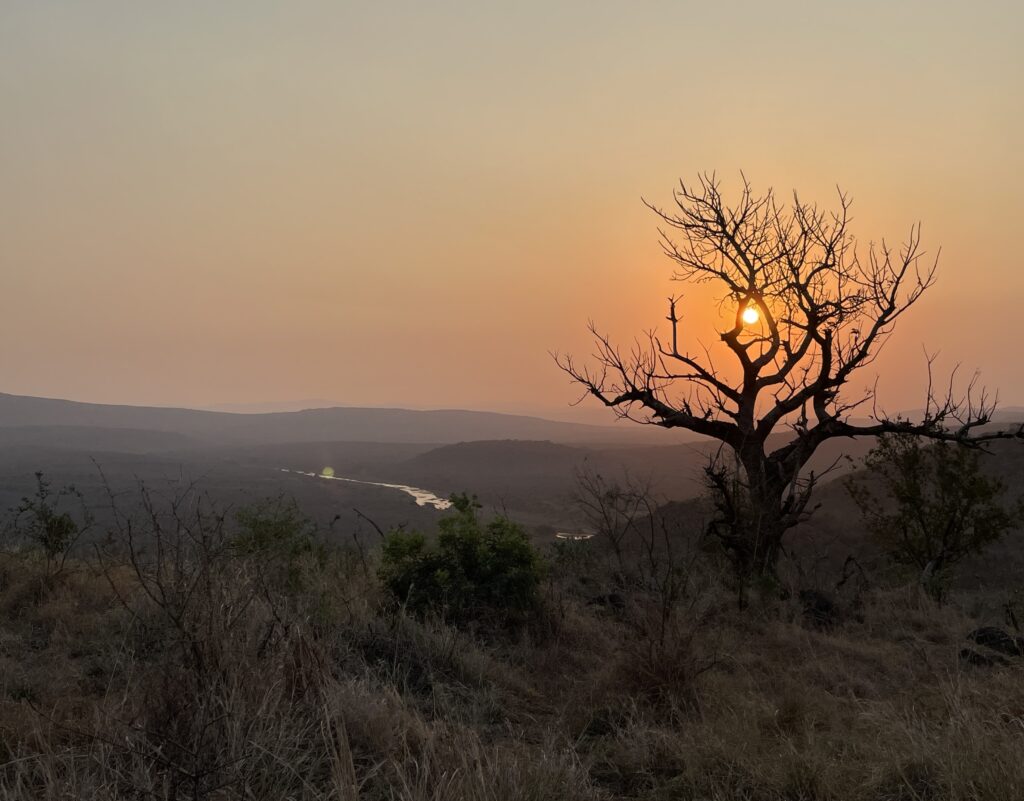In this blog post, Fiona Greco, who graduated from the Conservation Medicine programme in 2019, captures the essence of her transformation from a small animal vet to a professional working with some of the “big” conservation challenges we face. Fiona tells of her disillusionment with practice, her decision to study on the programme and how this has led her to pursue doctoral studies on how Highly Pathogenic Avian Influenza is affecting the internationally important sea bird colonies our island nation is blessed with.
From small animals to birds via fish…
On reflection, I had a fairly linear journey for an animal-obsessed child into veterinary medicine, and I never really considered that I would do anything other than small animal clinical practice. Finding myself five years post-graduation and neither comfortable nor fulfilled in that role was bewildering. While increasingly struggling with anxiety in day-to-day practice, I developed an interest in the topics of One Health and population medicine. These are not overly prominent in the everyday role of a small animal clinician but somehow they spoke to me.
It felt huge admitting that clinical practice wasn’t the best fit for me, but having always been passionate about learning I started actively looking for opportunities to develop in a different direction. The MVetSci Conservation Medicine degree stood out as an ideal opportunity to explore health on a bigger scale, and to rediscover that childhood passion for wildlife and the environment.
Within a few weeks of the Masters programme, I knew I had made the right decision. The strangest things stick in your mind, but there was a moment early in the course when reading about Nipah virus, wildlife and agriculture that I thought yes, this is what I’m interested in! Those introductory modules really sparked my interest in the infectious diseases of wildlife, particularly in the interplay between wildlife, environmental change and anthropogenic causes.
The programme itself is diverse and well-paced, allowing me to further explore epidemiology and wildlife disease intervention, and highlighting contemporary conservation challenges. Alongside infectious disease, I also gained a particular interest in translocation as a conservation method and this led me to conduct a literature review on disease risk analysis in the translocation of fish for my final year dissertation. The Conservation Medicine programme team were excellent in encouraging my interests, and I graduated knowing that I wanted to continue in my exploration of disease challenges in wildlife.
Further study beckoned
Soon after graduation I applied, and was accepted for, a PhD project advertised via the Edinburgh Earth, Environment and Ecology Doctoral Training Partnership (E4 DTP) in conjunction with the UK Centre for Ecology & Hydrology (UKCEH). This project aimed to assess the impact of environmental change on host responses to infection and disease, focusing on European shag seabirds on the Isle of May National Nature Reserve (NNR), which lies in the Firth of Forth, close to Edinburgh. This incredible island plays home to important breeding sea bird populations. The Isle of May Long-Term Study (IMLOTS) forms part of UKCEH’s network of long-term monitoring sites for detecting effects of environmental change, particularly climate change.

The European Shag (Gulosus aristotelis) is one of six intensively studied species breeding on the Isle of May off the Fife Coast.

The Isle of May is a magical place to conduct fieldwork
Now in my last six months, it’s difficult to summarise this incredibly diverse, demanding and extraordinary PhD. I’ve spent an incredible three months a year for the last three years living amongst a diverse wealth of seabirds on the Isle of May, returning to the lab or office for the interim nine months. Initially focused on the links between migration and nematode burden, my direction of research was significantly influenced by the emergence of High pathogenicity avian influenza (HPAI) virus in UK seabird species part way through my PhD. Sharing a home with such characterful individuals while AIV devastated seabird populations across the UK and Europe stirred both an emotional and academic response, and I have spent the remainder of my project dedicated to research on this subject.
Admittedly, the PhD experience has been a significant learning curve, not only in unfamiliar aspects of statistical analysis and modelling but in setting my own pace and research goals in the face of continually evolving disease challenges. A background in clinical practice certainly has its advantages though, not only in the practical aspects of handling or sampling, but particularly in terms of resilience, flexibility, and communication. Despite the challenges, it has also been hugely rewarding, learning from an incredible team of researchers and field staff and practically applying skills in a true wildlife disease context.
Any initial apprehension at leaving clinical practice has diminished with the knowledge that I can truly utilise hard won veterinary skills within disease ecology, and apply these to any future role within Conservation Medicine and disease investigation. The Conservation Medicine course gave me the confidence to step outside of my pre-conceived idea of a veterinary career, and I would fully recommend it to anyone wishing to explore health challenges in our increasingly altered environment.

Fiona conducting field work for her PhD

Puffins and guillemots are two of the other species studied on the Isle of May

Further Information
To read more about the Research Group that Fiona is working with please visit the Behavioural Ecology in Animal Populations webpage. You can also read the latest publication to arise from Fiona’s research in the following 2025 paper in Scientific Reports.


 Figure 2: The author tending to a traumatised orphan rhino
Figure 2: The author tending to a traumatised orphan rhino
